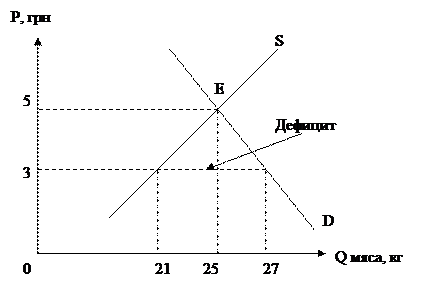Forms of the Gerund
In modern English, the gerund has the following forms.
8.1. The Indefinite Gerund denotes an action simultaneous with that expressed by the finite verb; it can refer to the past, present or future. It was nice meeting you. Dancing is not allowed. The Perfect gerund denotes an action prior to that of the finite verb. Sarah remembered having visited the place before. They deny having spoken with him. However, the Indefinite gerund can also denote a prior action: a) after the verbs remember, forget, excuse, forgive, thank. Sarah remembered visiting the place before. b) after the prepositions after, on/upon, without. On turning the corner, I saw a most unexpected sight. (=As soon as I had turned…) 8.2. The Active Gerund is used when the subject of the action is at the same time the doer of the action expressed by the gerund. They left without playing the match. The Passive Gerund is used when the subject is not the doer of the action but a person or a thing the action is directed at. Let’s not risk being caught in a traffic jam. I’m annoyed at having been made a fool of. The Active Gerund is used after need, want, require, deserve and the adjective worth with a passive meaning. These windows need painting. (=need to be painted) The cupboard wants tidying out. The guided tour might be worth taking.
Functions of the Gerund In a sentence, the gerund is used in different syntactic functions: Subject I think walking in the country is a lovely way to spend a day. If the gerund follows the predicate the sentence opens with a formal subject: the introductory it or the construction there is. It wouldn’t be much use trying to stick the pieces together again. There was no mistaking the expression on her face. She made up her mind – there’s no arguing with her. Predicative Jeremy’s hobby is inventing computer games. What I suffer from is not being able to sleep. Part of a compound modal or aspect predicate I can’t help feeling depressed sometimes. She never stopped complaining about having to walk so far. Direct Object I enjoy travelling. Do you mind waiting a moment? Imagine never having been abroad. The gerund is used after certain verbs, such as: admit detest justify resist resent advise dislike mention risk allow endure mind save anticipate enjoy miss suggest appreciate escape permit tolerate avoid excuse practise deny confess face put off imagine delay forget recommend involve The Gerund as a direct object is also used after the adjective worth. The book is evidently worth reading. Prepositional object In this function the gerund is used after such verbs as: admit to depend on (dis)agree with insist on aim at object to apologize for pay for (dis)approve of put up with believe in rely on benefit from resort to care for succeed in confess to think of count on vote for worry about Jake is thinking of selling his motor-bike. We believe in giving people the freedom to choose. The gerund can also follow a verb+object+preposition. The article accuses the government of concealing important information. We find the gerund after such verbs as: accuse of deter from prevent from stop from blame for discourage from punish for thank for charge with excuse for/from remind of use for congratulate on forgive for tell about warn about
The gerund is used as a prepositional object after certain adjectives, such as: afraid of capable of grateful for sorry for amazed at content with guilty of surprised at angry about/at dependent on happy about/with used to annoyed about/at different from/to interested in worried about anxious about excited about/at keen on wrong with ashamed of famous for nervous of satisfied with aware of fed up with pleased about/with bad at fond of ready for bored with good at responsible for I’m nervous of saying the wrong thing. My husband isn’t very good at cooking. She’s keen on riding.
|




